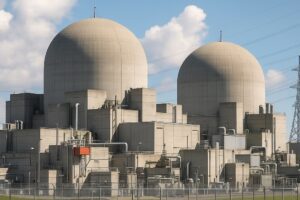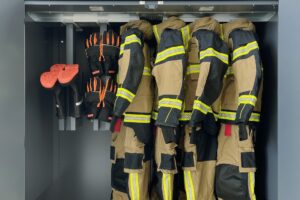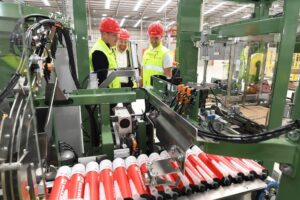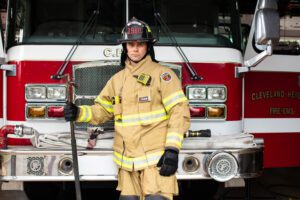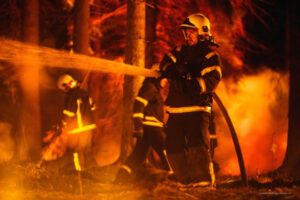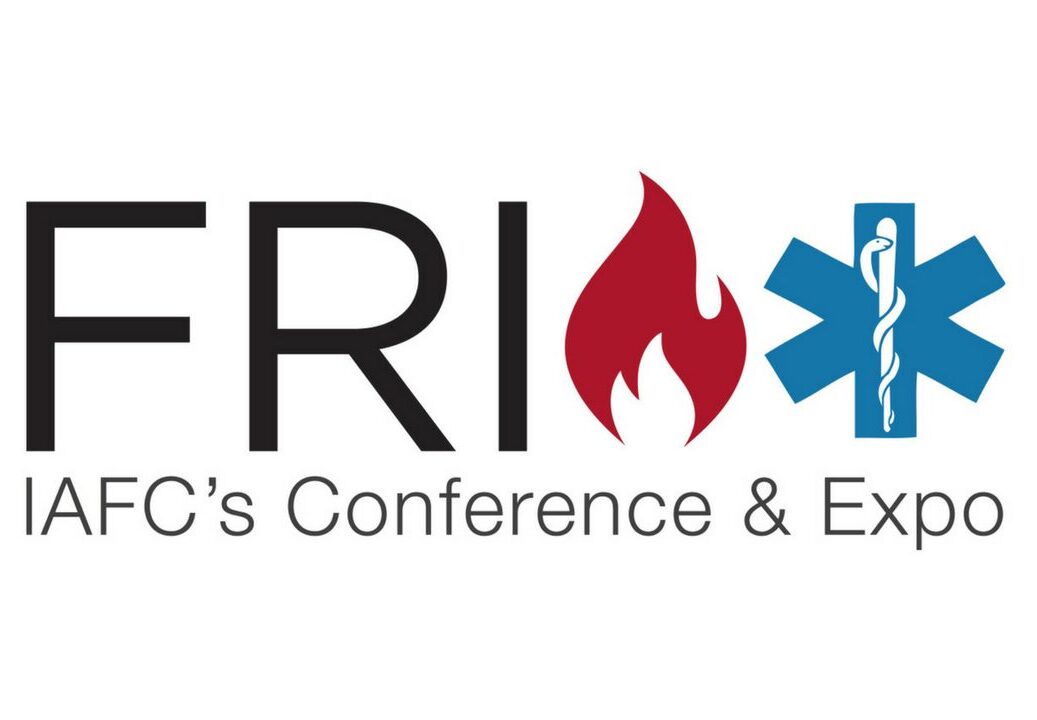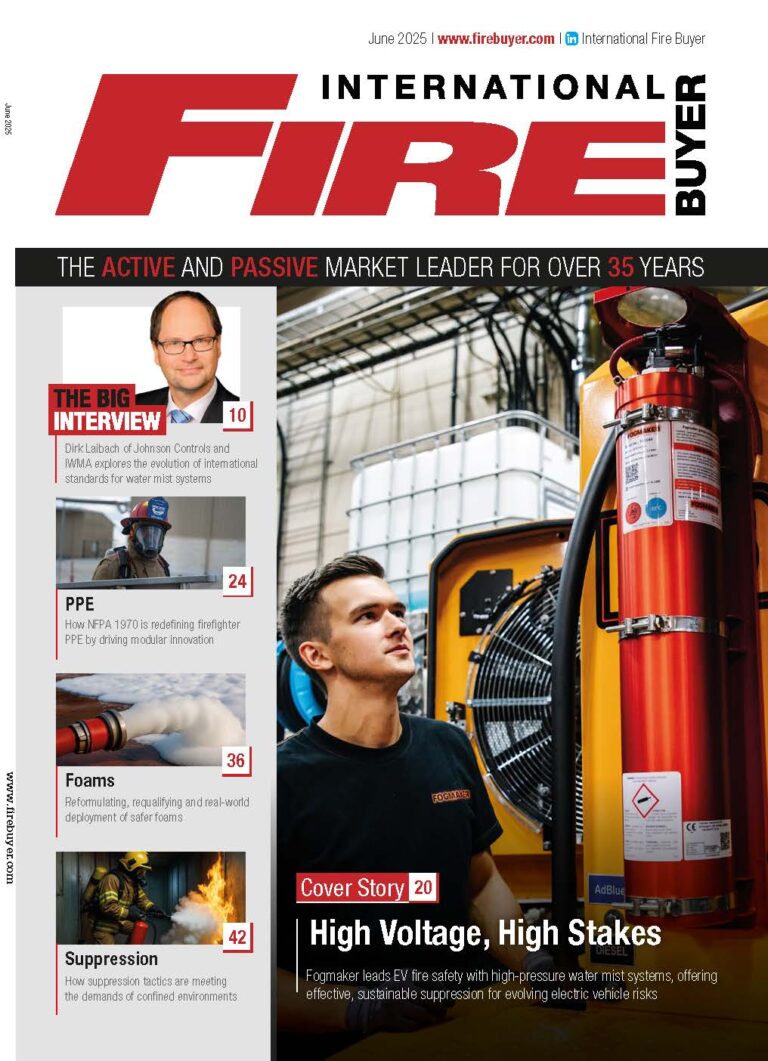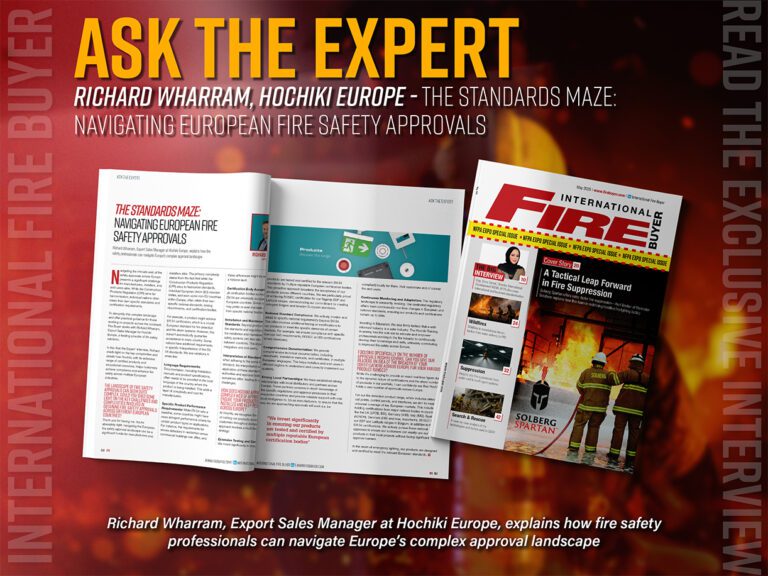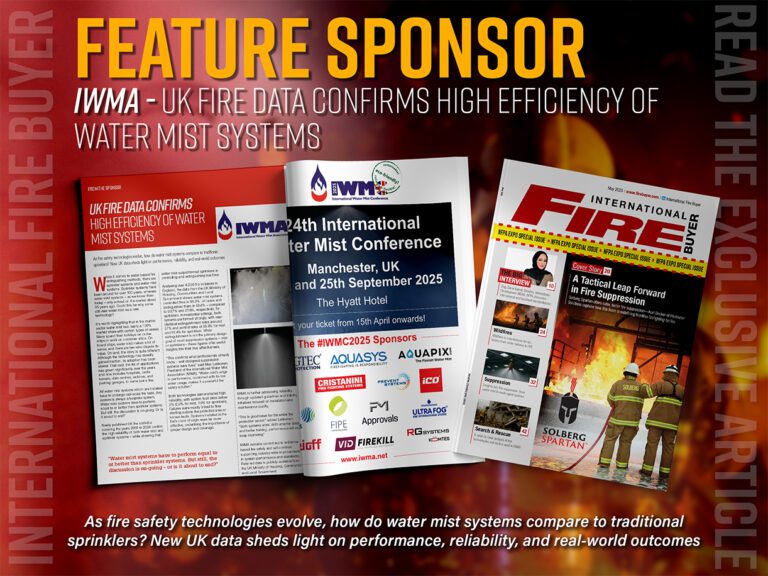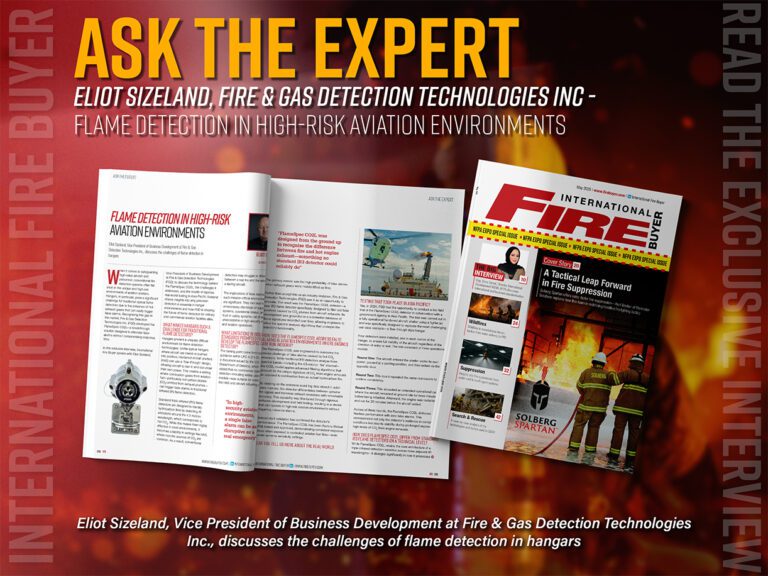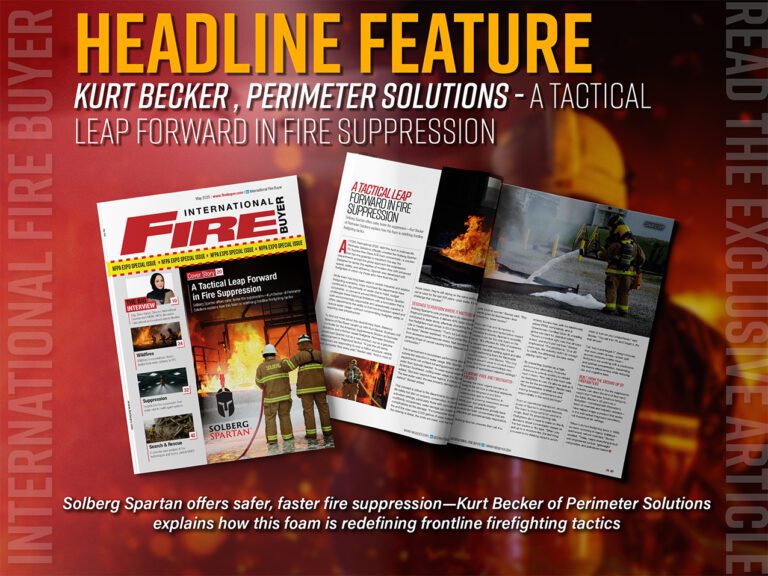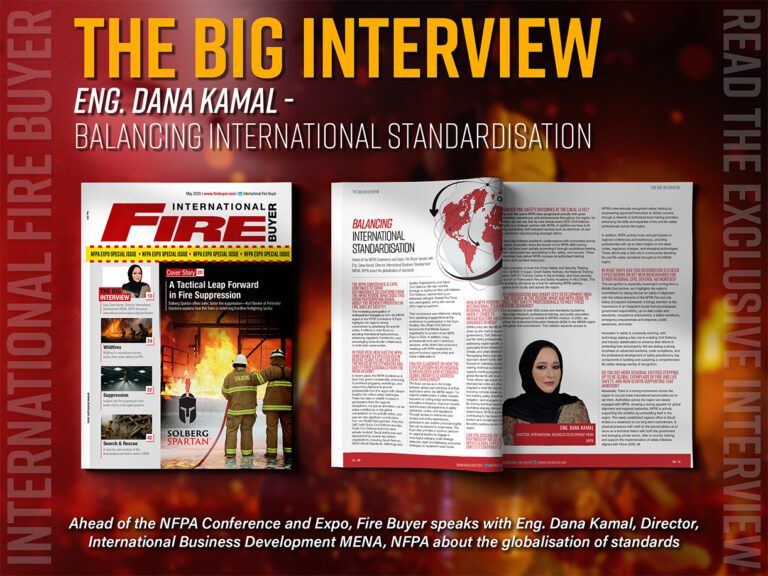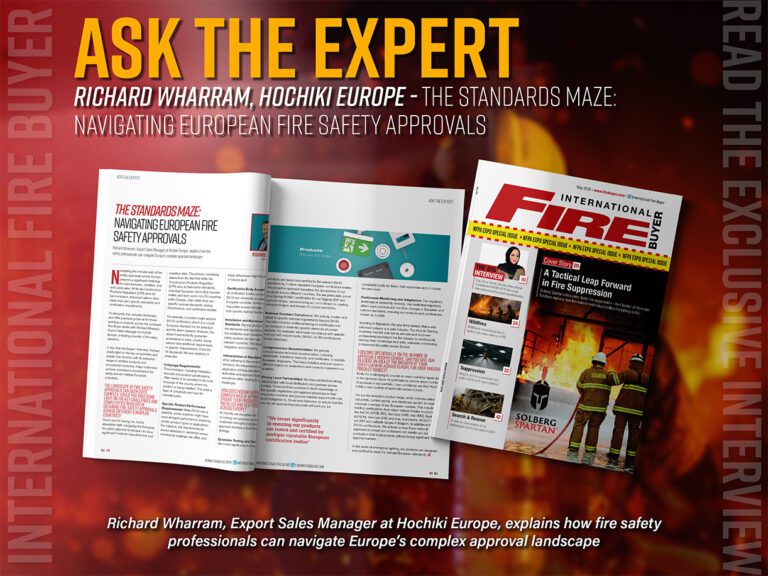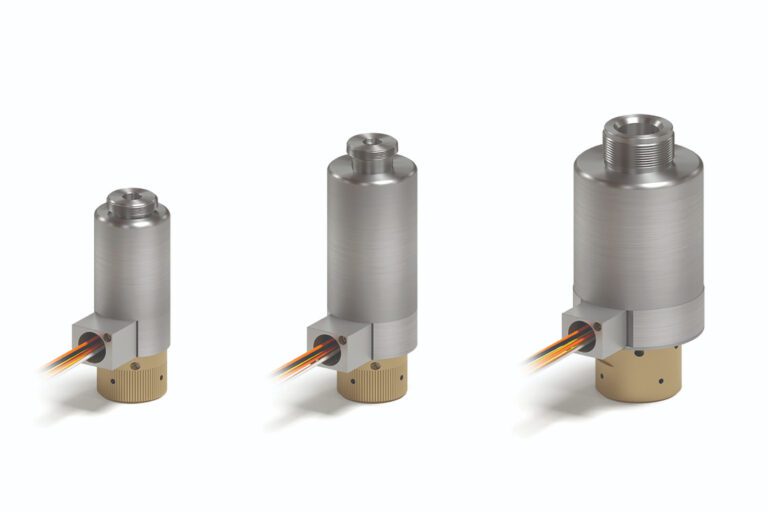Fire Buyer takes a look at why PPE decontamination and cleaning is so important when it comes to firefighters and their health, and what manufacturers are doing to help make this job more efficient
Wearing Personal Protective Equipment (PPE) is essential, especially for those jobs that deal with emergency situations like fire. And while safety is the main reason why proper PPE should be worn, they are needed by firefighters to prevent them from inhaling hazardous fumes, toxins and debris that could harm their lungs and respiratory system. However, these toxins and carcinogens remain on PPE even after the fire has been put out. This is one of the biggest topics in the industry when it comes to PPE. The training and maintenance when it comes to appropriately cleaning PPE after every use, and the innovations in the market to allow this to become an easier job for firefighters.
PPE for firefighters is extremely important so they can enter a house or building without suffering from burns or lung damage from smoke inhalation. Even in situations where these heroes have to engage in size-up or overhaul, the wearing of PPE is also required so they won’t get seriously injured while doing their job. The trousers and bunker jackets are critical components of a firefighter’s PPE ensemble as it is made with different layers of fabric for optimal fire protection. To be specific, the trousers and bunker jackets are composed of an outer shell or layer, a moisture barrier, and a thermal layer.
The outer and thermal layer protects the wearer from radiant heat, and it can also serve as protection from partial flame. While the moisture barrier serves as a protection from the sprayed water to prevent their bodies from getting soaked and save them from injuries due to steam burns.
On the other hand, the gloves and boots that firefighters wear are made from fire-resistant materials to safeguard their hands from sharp objects, radiant heat, and other forms of danger that they might encounter during fire service. Furthermore, the helmet is one of the most recognisable pieces of equipment of a firefighter. And it is made from durable and fire-resistant materials to protect their head from extreme temperatures and falling debris. Likewise, it also prevents the firefighter from getting drenched from the sprayed water.
Lastly, boots and SCBA also play an important role when it comes to turnout gear to not only protect firefighters from extremely high temperatures, foam or fire on the floor, but also protect exposed feet and legs from burns and toxins. The SCBA allows first responders to protect their lungs from smoke inhalation.
All of these different components that contribute to the makeup of turnout gear, must all be appropriately washed, cleaned and maintained to protect the firefighters when they are wearing them around the firehouse, at their next jobs, or storing them. So, what can be done to protect firefighters on the frontline and when they’re not actively fighting flames?
To read more news and exclusive features see our latest issue here.
Never miss a story… Follow us on:
![]() International Fire Buyer
International Fire Buyer
![]() @Firebuyer
@Firebuyer
![]() Fire Buyer
Fire Buyer
Media Contact
Louis Curtis
Editor, International Fire Buyer
Tel: +44 (0) 1622 823 922
Email: [email protected]


